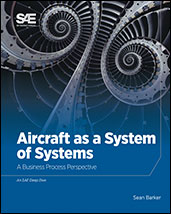Technical Paper
A Fuel Cell System Sizing Tool Based on Current Production Aircraft
2017-09-19
2017-01-2135
Electrification of aircraft is on track to be a future key design principal due to the increasing pressure on the aviation industry to significantly reduce harmful emissions by 2050 and the increased use of electrical equipment. This has led to an increased focus on the research and development of alternative power sources for aircraft, including fuel cells. These alternative power sources could either be used to provide propulsive power or as an Auxiliary Power Unit (APU). Previous studies have considered isolated design cases where a fuel cell system was tailored for their specific application. To accommodate for the large variation between aircraft, this study covers the design of an empirical model, which will be used to size a fuel cell system for any given aircraft based on basic design parameters. The model was constructed utilising aircraft categorisation, fuel cell sizing and balance of plant sub-models.

